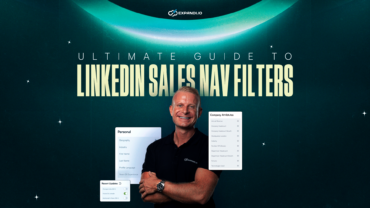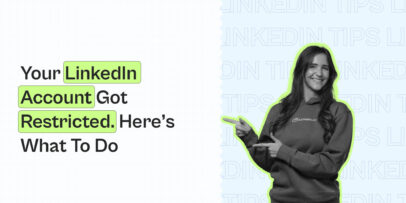How to bypass LinkedIn connection limit safely | We’ve analyzed 11k+ LinkedIn accounts and have solution for you
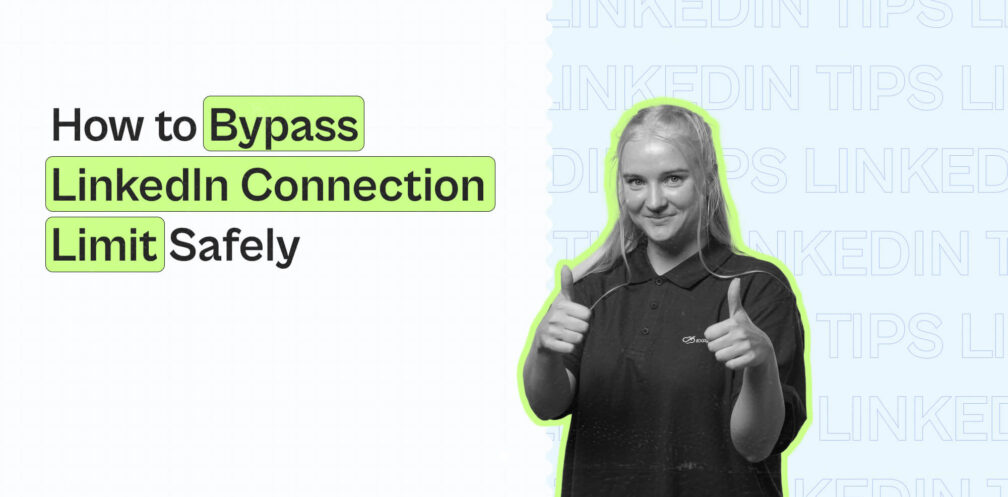
LinkedIn is one of the best channels for getting outbound leads & clients. You usually can get a better reply rate compared to cold emailing because LinkedIn as a channel offers such benefits:
- More humanized. People can see your photo and your experience, so they trust you more.
- There is no SPAM filter. When sending cold emails, your emails can go to the SPAM folder. With a LinkedIn connection request it’s almost impossible.
- People manage their LinkedIn accounts on their own. There are no gatekeepers, so they will see your message.
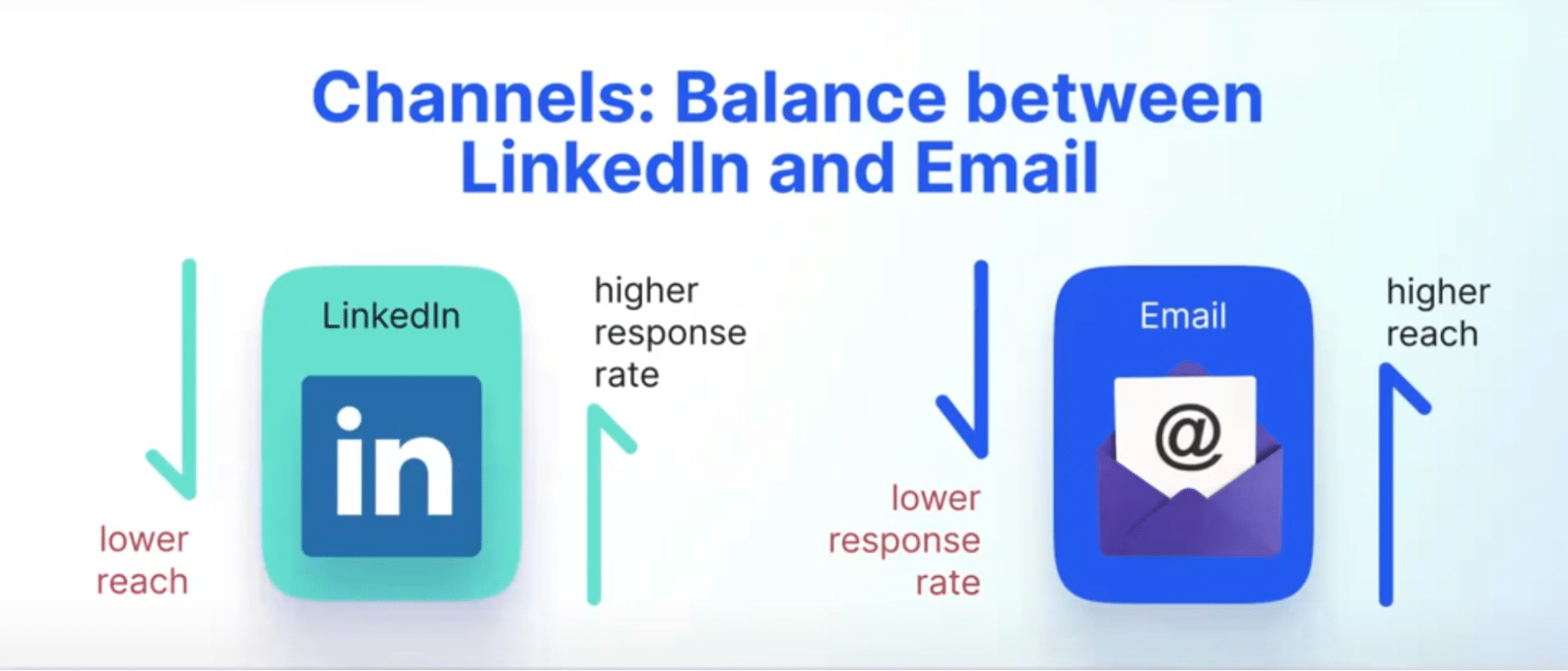
LinkedIn looks like a paradise for outbound lead generation, but it’s not entirely true. LinkedIn is much more regulated compared to email:
- You have limitations (no one knows what’s your limit) on sending connection requests.
- If you act suspiciously, LinkedIn can restrict your LinkedIn account for a day or two.
- If you’re acting as a spammer, LinkedIn can totally block your account and you’ll lose access to this social media at all!
So here is the thing:
“You can generate a lot of high-quality leads on LinkedIn, but at the same time you’re extremely limited with the number of connection requests you can send (in worst cases you might be restricted and lose access to your LinkedIn account at all)”
Even worse, there is no info from LinkedIn about the limits and your actual possibilities, so you can’t just follow the rules as there are no clear ones.
But we at Expandi found the major patterns by analyzing 11k+ LinkedIn accounts & 6.4M+ outreach messages sent.
Some people might be restricted after sending 20 connection requests but some can easily send up to 100 per day. There is no single factor that affects this, it’s more about a complex list of factors. And today we’ll go through each factor separately, so at the end, you have a checklist of things you need to do to constantly increase your LinkedIn connection request limits in the safest possible way!
Your LinkedIn account
Linkedin is fighting against spammers, and there are basically several patterns that LinkedIn can consider as spammy behavior. The primary one is your LinkedIn account:
How old your LinkedIn account is
It might sound obvious, but if you’ve just created a new LinkedIn profile and started reaching out to many people -> that’s a huge signal for LinkedIn that you’re a spammer. Why? Because that’s exactly what spammers do: they create new LinkedIn accounts & start spamming.
So the risk of getting restrictions is highly increased. For example, I’ve created a brand new profile:
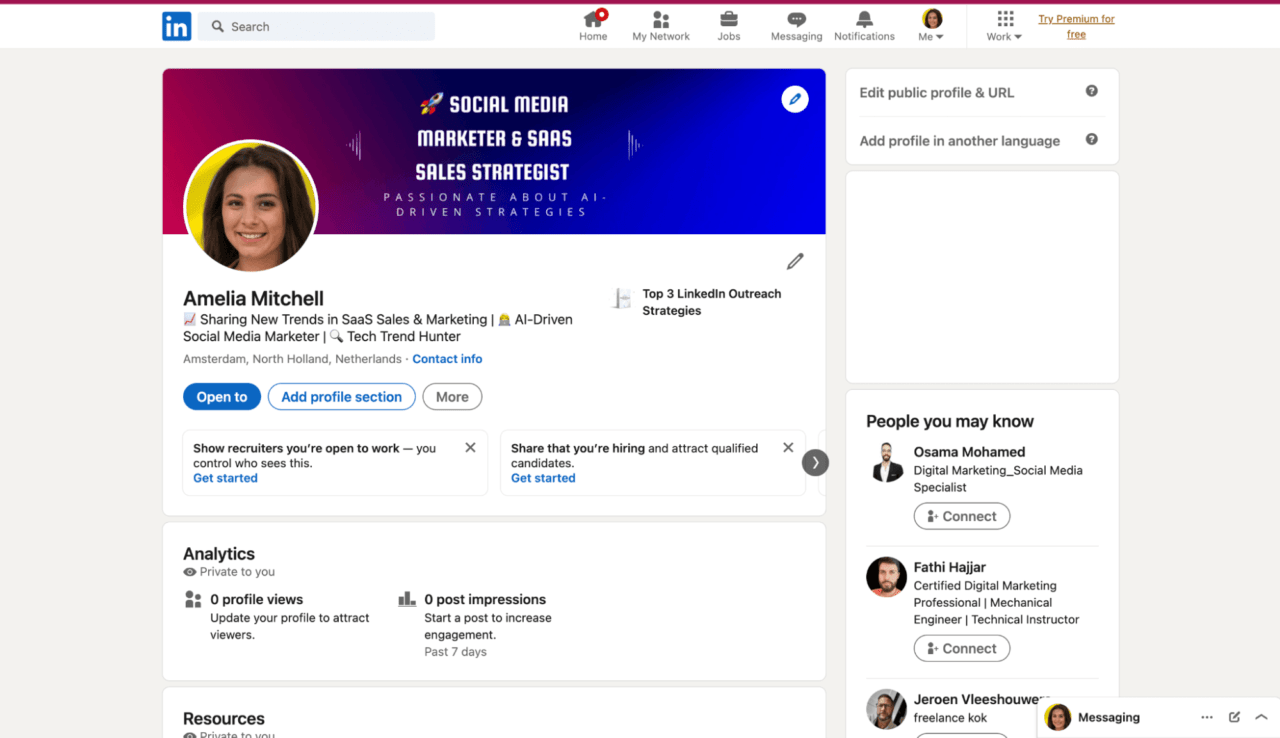
I did everything correctly in terms of outreach, but since it’s a new account, after a few weeks it asked me to verify the account:
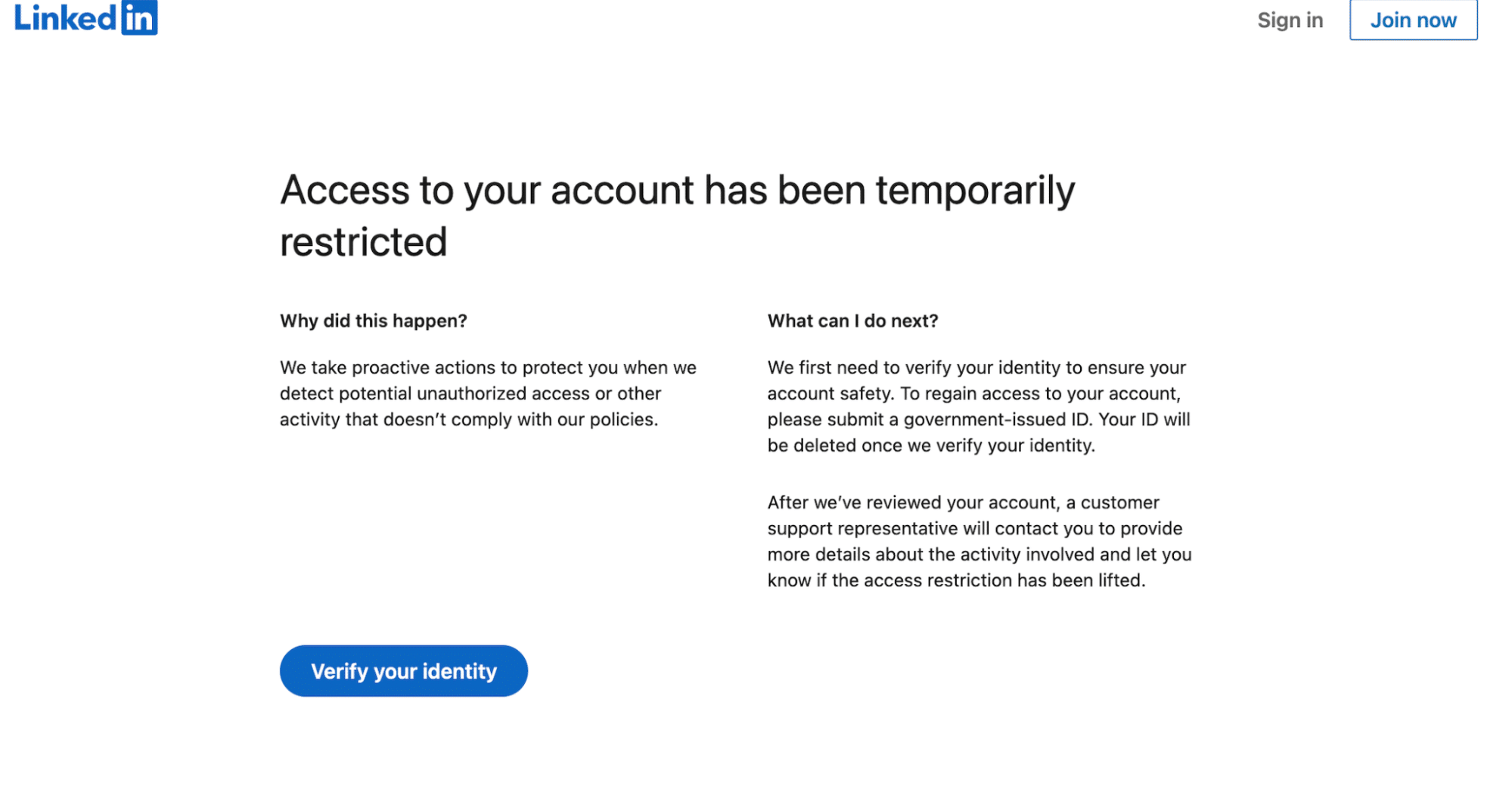
In the end, the account was banned. Again, you should be careful with the outreach for your new account (and never create FAKE accounts for outreach )

That proves the fact that the younger your account is the more chances to get banned or restrictions you have. So If your account is less than 6-7 months old, try to start your activity extremely slowly in terms of outreach. Reach out to only people you know:
- your ex-colleagues and current team members;
- your friends and people from your industry;
etc.
What if your account is older than 6 months? It feels safe, right? Not always. LinkedIn is scoring each account based on the activity and that’s what they call SSI.
Social Selling Index — SSI
LinkedIn Social Selling Index, or SSI for short, is a unique LinkedIn metric that determines your profile’s rank. The higher rate you have the more trustful your account is. You can check out your own SSI score here.
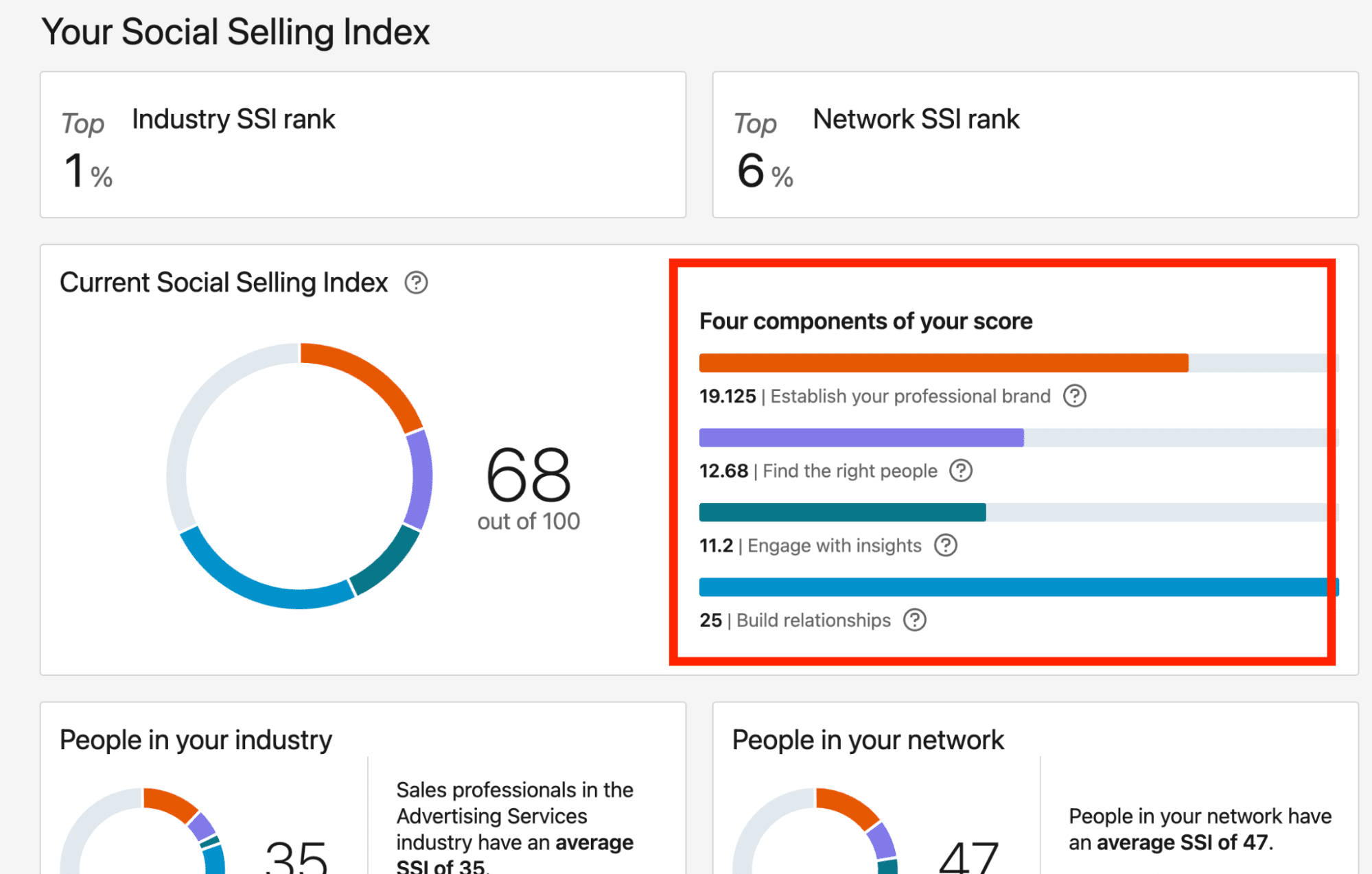
There are several main criteria for LinkedIn including how active you are with:
- content writing,
- connecting with people,
- using search,
and so on.
The basic rule is if you have your SSI higher than 65, your chances of being restricted are pretty low and you have higher limits (of course if you keep up with other things I’ll mention below in this guide properly). But what if you have less than 65? What are your limits and chances of being restricted?
There is no clear answer, but the pattern is the following:
- If you have low SSI with no dynamic -> you need to be slow with your outreach efforts (for example, connect with only 10 people per day at the very beginning).
- If your SSI is growing (in dynamic) -> it’s a great sign for LinkedIn
Here is how to increase your SSI.
Your recent activity
Your SSI isn’t a static score, it’s being changed over time. So for LinkedIn, it’s important to see that you’re being active (even if you weren’t in the past). Before you do the outreach, start posting on LinkedIn, optimizing your profile, etc.
Once your SSI is growing -> it’s a great sign!
You can check the dynamic of your SSI score directly in Expandi.
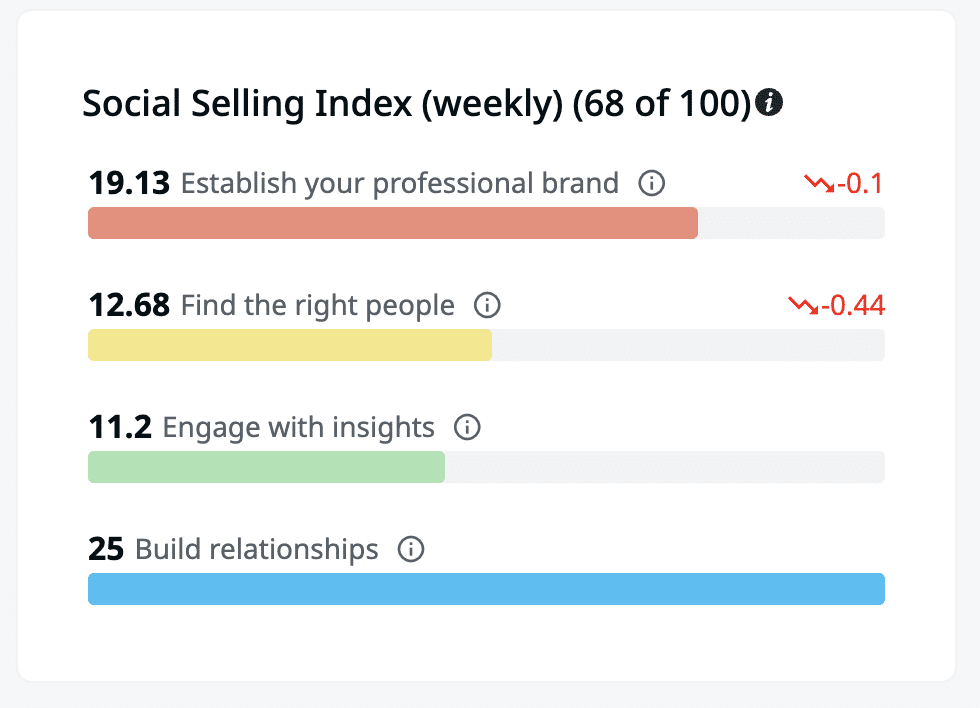
The rule here is simple: once you see your SSI growing, you can increase the amount of connection requests you send.
Inbound vs Outbound connection requests
What is a healthy user from LinkedIn’s pov? Those who connect with others and are being connected with as well!
So one more thing for LinkedIn that is important is the balance between your inbound (those who send connection requests to you) and outbound (those who you try to connect with).
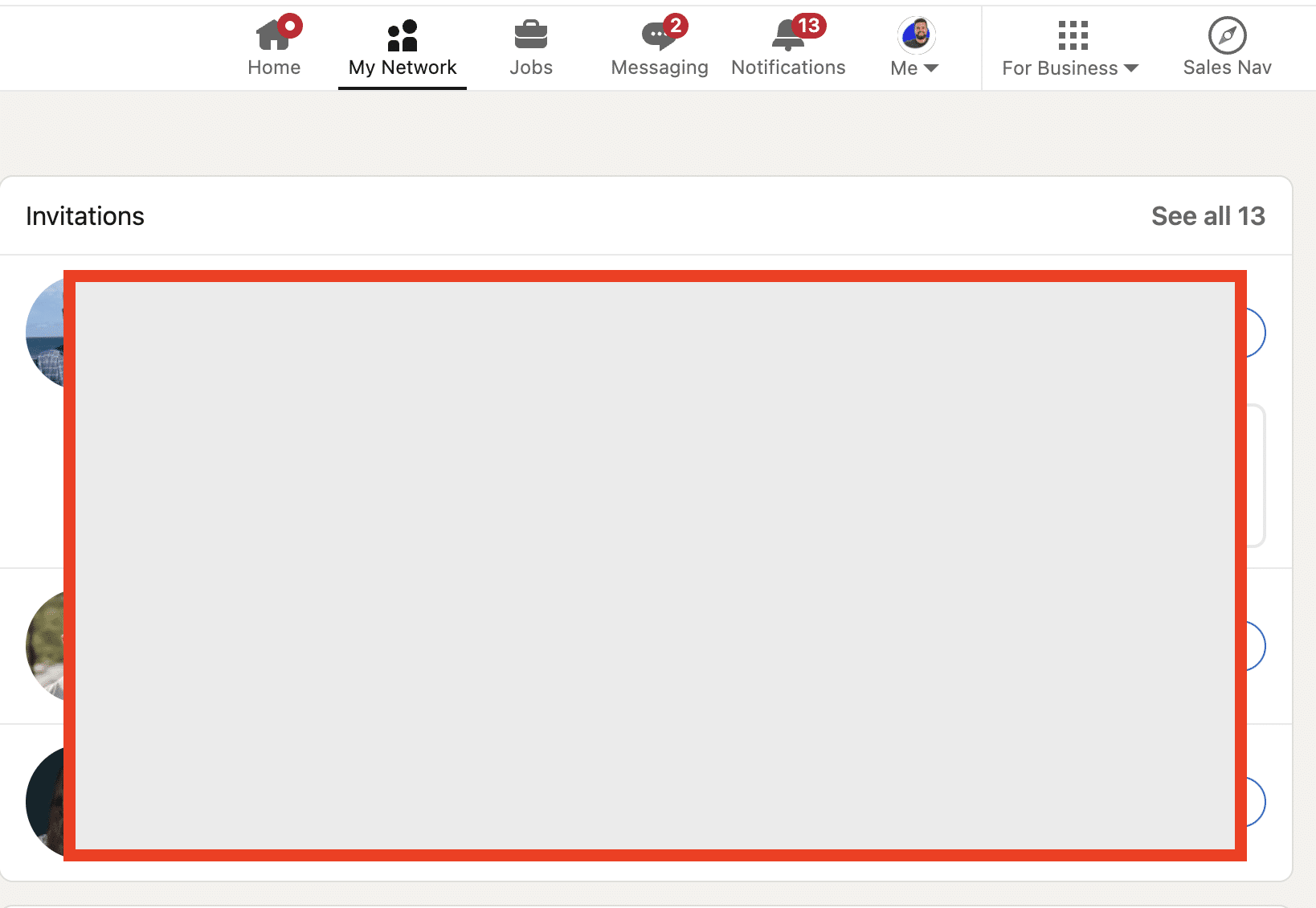
If you just reach out to others, and none reach out to you -> that’s a bad signal for LinkedIn. Therefore we recommend:
- Optimize your profile, so more people can find you through search and connect with you.
- Post on LinkedIn, so people can see your content and reach out to you (here is how we used GPT for posting on LinkedIn).
Premium LinkedIn
How is LinkedIn generating money? By showing ads (as any social media platform) and having a premium LinkedIn profile version. There are several LinkedIn premium plans, and of course, if you use any of them, your limits go higher:
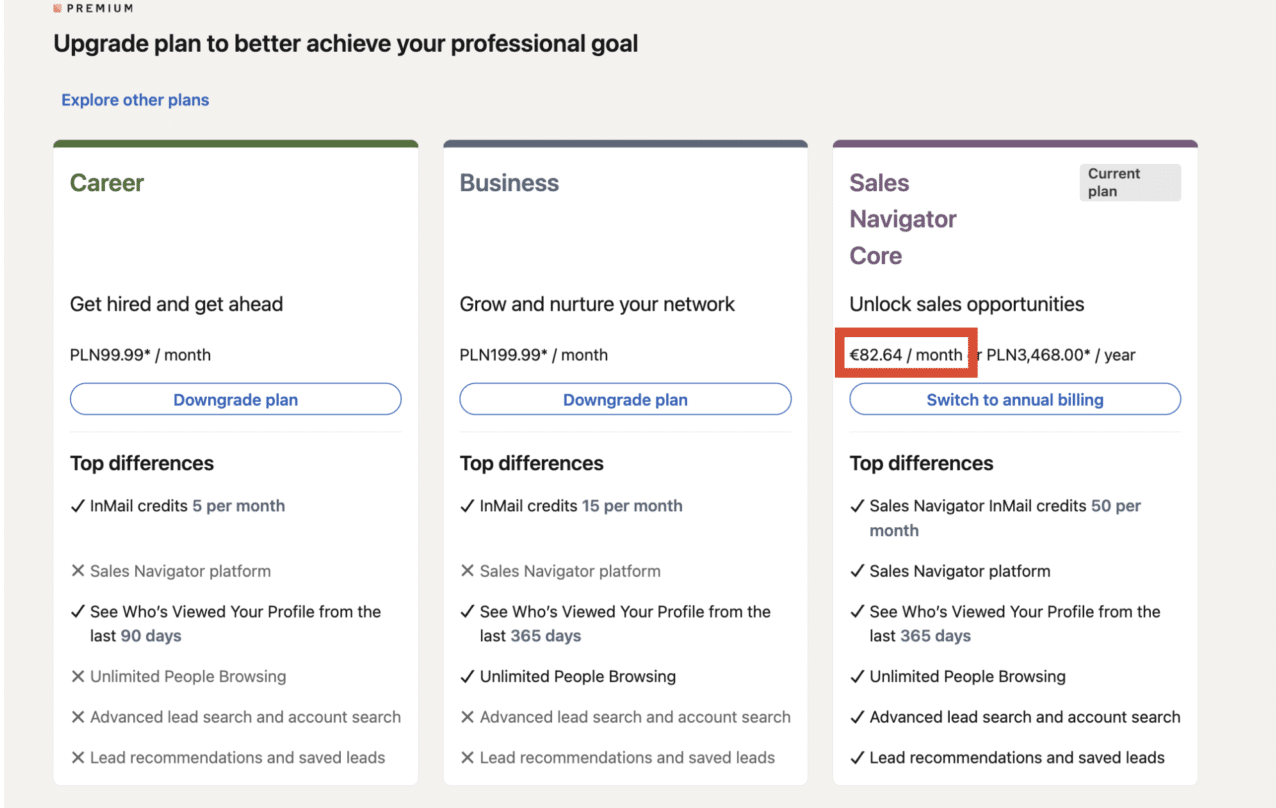
LinkedIn already limits people with basic accounts. For example, now you’re limited to:
- Amount of personalized connection requests you can send (on the Basic account).
- The length of these messages.
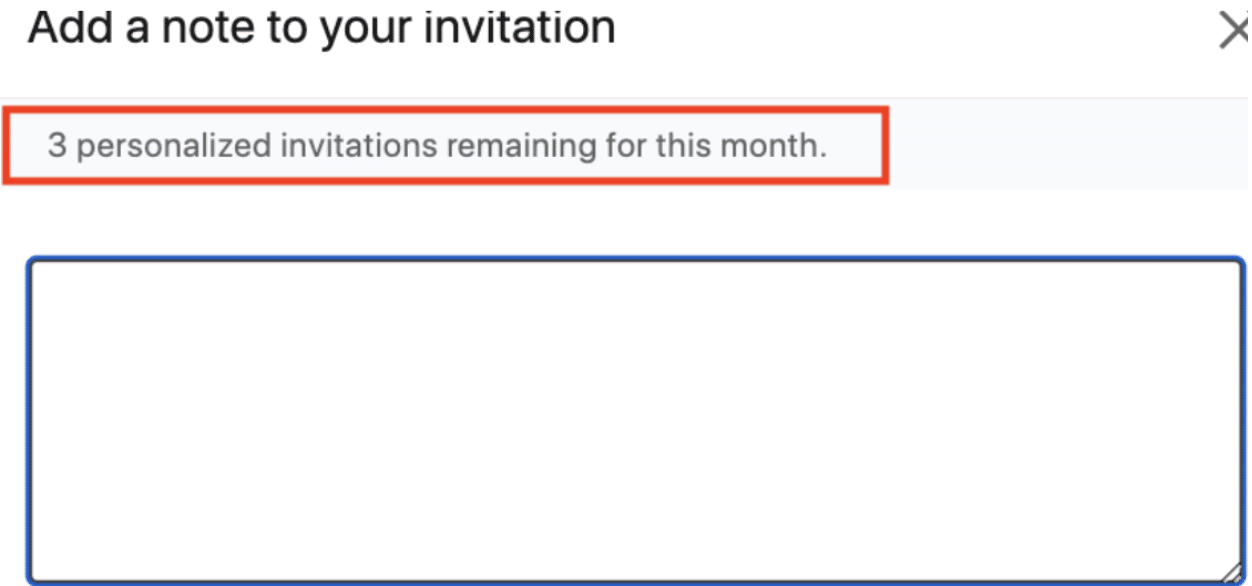
Usually, people with premium accounts can send at least 1.5x more connection requests (all of them might be personalized -> so you can add a small message to your connection request).
We recommend you Sales Navigator, and here is how to use all the benefits of Sales Navigator.
LinkedIn Automation Tool
When it comes to LinkedIn outreach, you can either do it manually (but it can take you hours per day) or go with the automation tool.
When it comes to automation, there are 3 technological solutions to automate your actions on LinkedIn:
Tools that use LinkedIn’s API
For LinkedIn, it’s easy to detect the tools that are using API, so when they want to punish this software, they will punish you.
Chrome extensions
Extensions that make the actions by changing your front-end on LinkedIn. For LinkedIn, it’s a bit harder to figure them out, but it’s still relatively easy. Frankly speaking, LinkedIn is chasing Chrome Extensions that automate LinkedIn actions. So again, it can ban your account for using it pretty easily.
Cloud-based
The third type of solution is the cloud-based solution (the way we work at Expandi). What we basically do:
We set up a virtual computer, where you log in to your own LinkedIn account, and Expandi is doing actions on your behalf.
So for Linkedin, it looks the same as you have a separate computer/laptop where your VA is working on your behalf. In this case, this VA is actually Expandi.
But we went even further. We thought, what if this VA (Expandi) logs in to your LinkedIn account from your location? That’s why we set up a custom proxy for your Expandi account, so Expandi is doing actions on your behalf from your location:
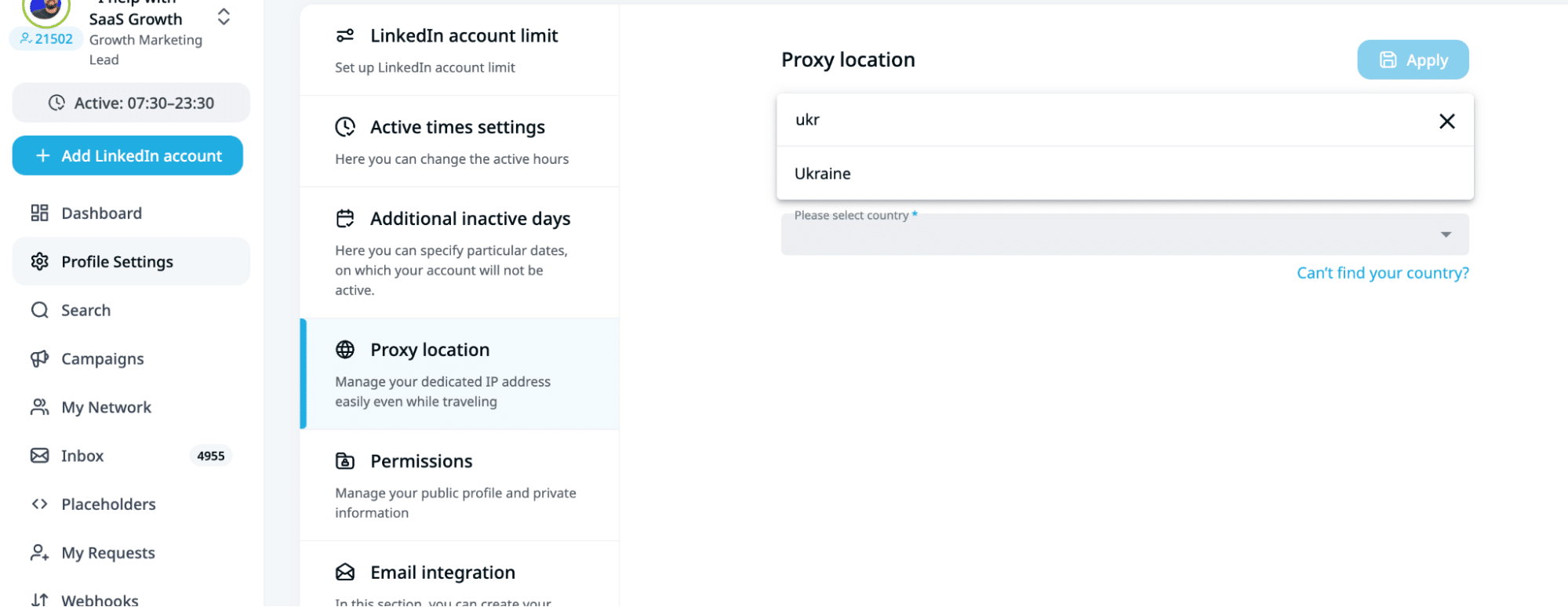
For LinkedIn, it’s the same as your assistant sitting next to you in your office and connecting with people on LinkedIn from another laptop. And for that reason, we’re asking for your LinkedIn credentials while you’re signing up.
So by using Expandi for LinkedIn, it’s almost impossible to detect whether you’re using any automation or not.
Your LinkedIn Outreach
When you reach out to people, they have 3 options:
- Accept it
- Ignore it
- Report your connection request
Obviously, for LinkedIn, if there are a lot of people who accept your connection request, not that many who ignoreб and almost none who report — that’s a healthy outreach.
So the main goal is to get as many people who accept your connection request as possible.
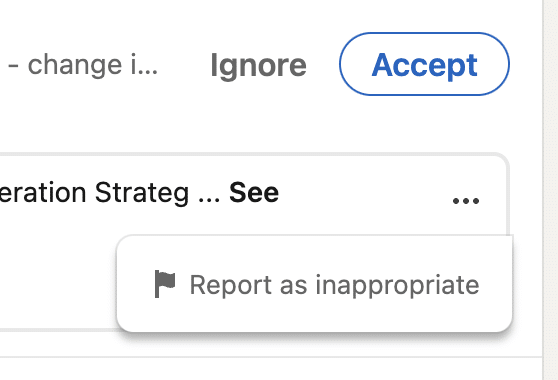
There are 3 main ways to achieve a higher acceptance rate:
- Find relevant people
- Personalize your outreach
- Help people understand that you’re a relevant contact for them
Find relevant people
Let’s start with the 1st, which is finding the most relevant people. The primary source of search is a Sales Navigator. Here is a full guide on how to use Sales Navigator. But here is the thing that I want to mention specifically here — convert business problems & challenges into filters.
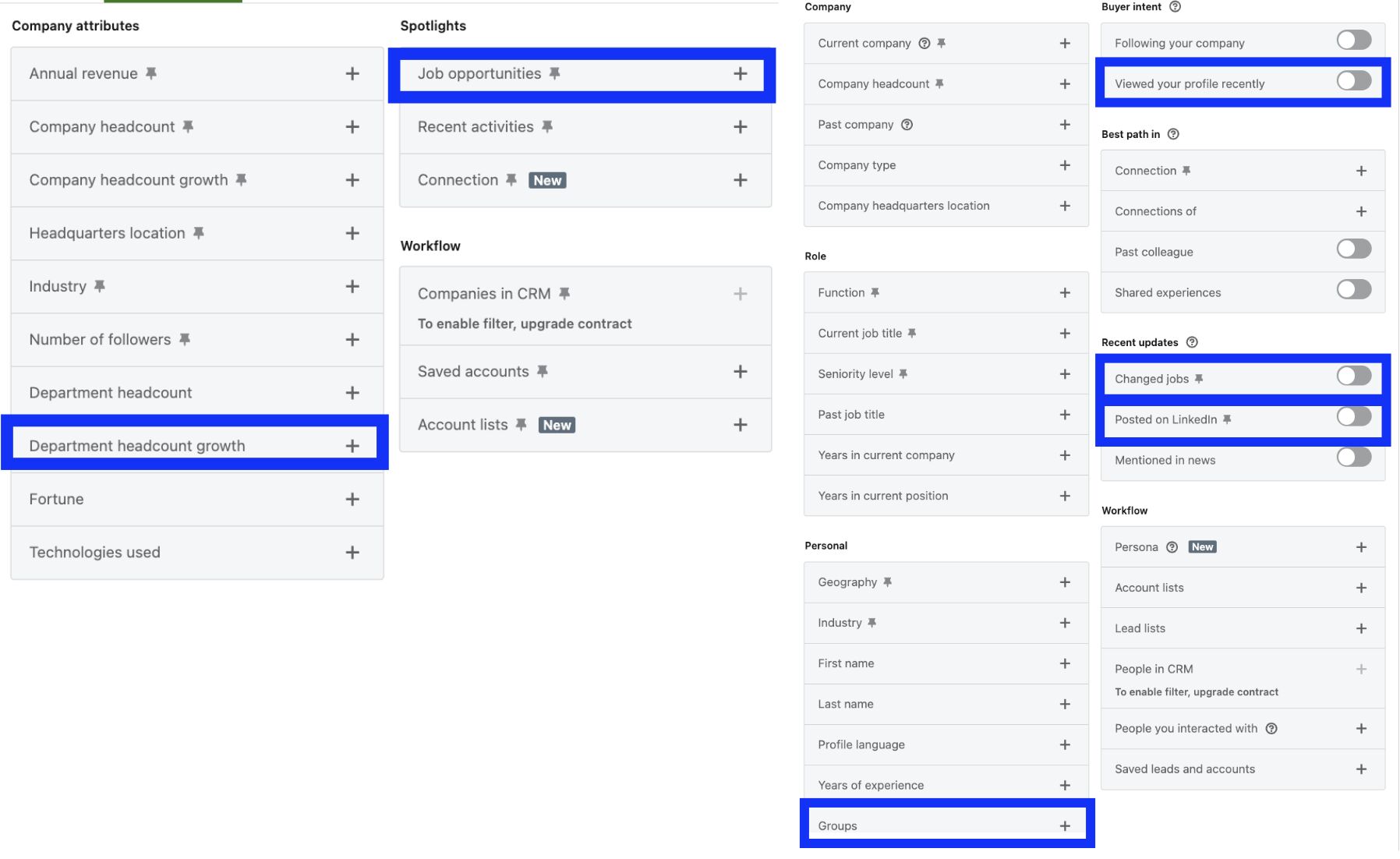
Of course, I use location, title, geo, and other basic filters that are great, but I also use
- Viewed profile recently
To reach out to people who visited my profile but have yet to connect. They already know me. The acceptance rate is usually around 88-92%.
- Changed jobs
If you’re targeting C-level people, it’s better to reach out to those who just started their job because they have the budget and authority & they want to implement changes.
- Posted on LinkedIn
Usually it means that they are active on LinkedIn and they will see my LinkedIn connection request during a day or 2. That increases the acceptance rate.
- Job opportunities
If the company is hiring on Linkedin that means that the decision maker is active on LinkedIn -> so this person will see your message.
- Department growth
Here are 2 cases:
– if the department is growing (for example sales), that means they have a budget and they need more enablement;
– If the department is becoming smaller, that means that for this company cost-cutting is the crucial thing.
Personalize your outreach
In a nutshell, if you reach out to people, your message should be unique to them. When they understand that it’s FOR them and ABOUT them, they are more likely to accept your connection request.
To reach this, we recommend using Icebreakers. It’s a unique line that is specific to this contact.
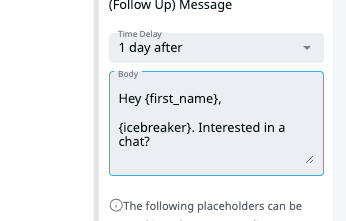
We’ve written a lot about personalization, but one of the ways to generate these icebreakers is to use the power of GPT. Here is a full guide on how to use it. In a few words, you can use other tools to enrich your contact list and add personalization:
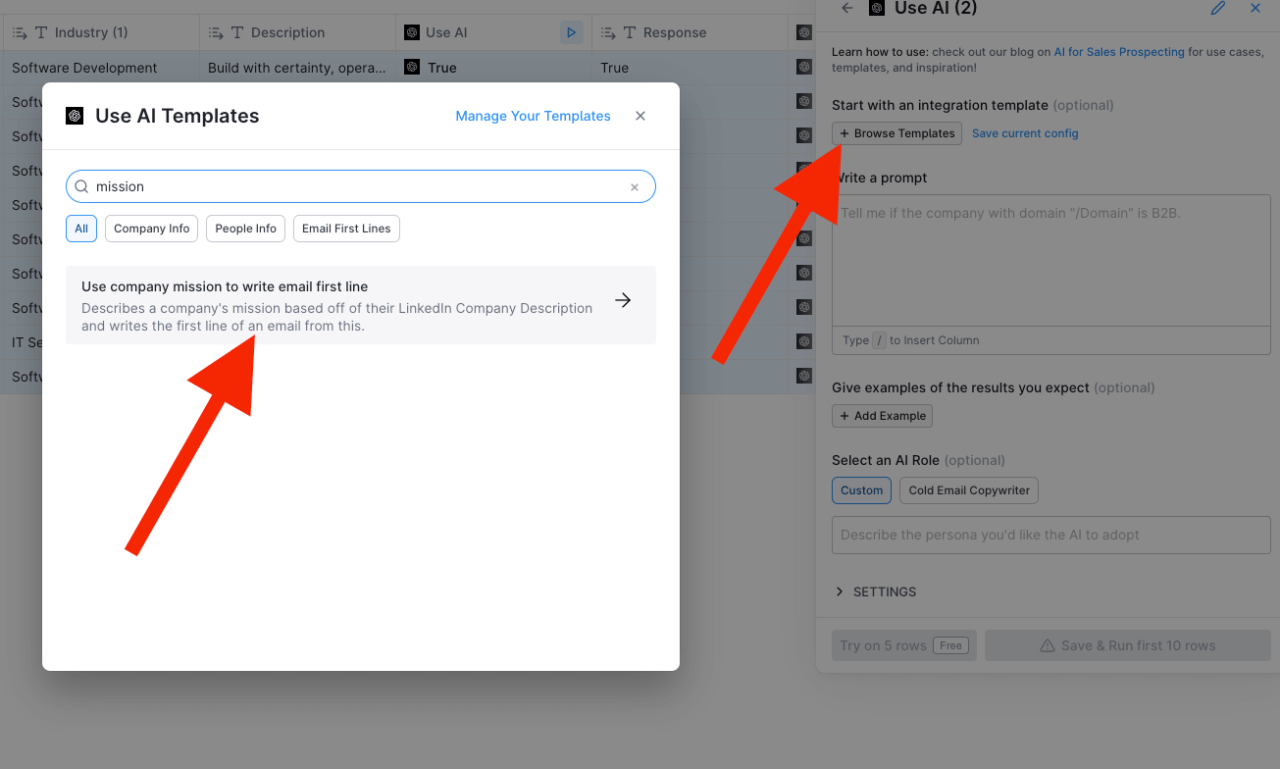
Warm up your audience
The best way to get more acceptances is just to engage with a contact list before reaching out to them. For example, visit their profile (so they get a notification) and like their recent LinkedIn posts (so they get a notification as well):

You can do this directly in Expandi:
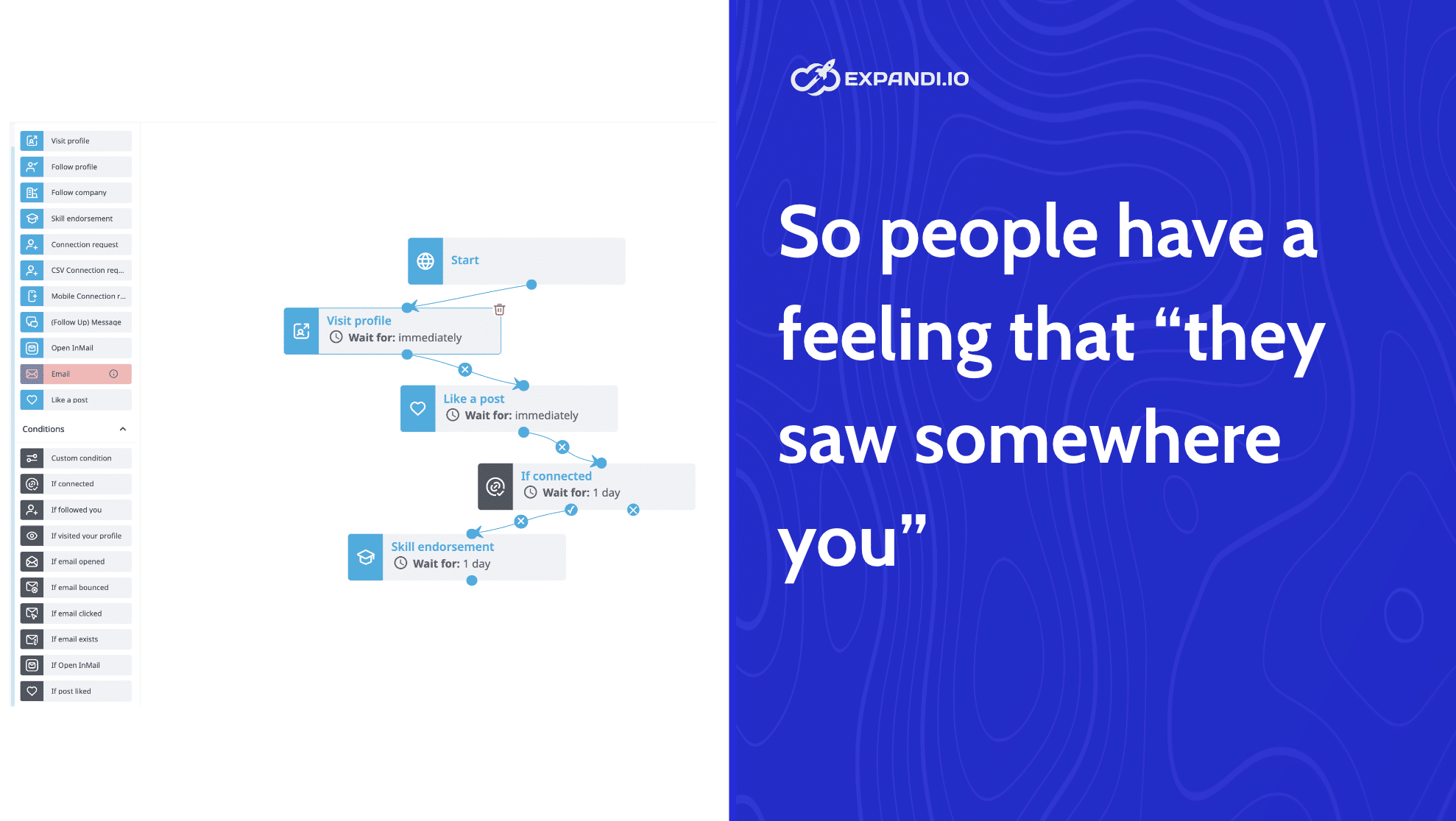
One more thing. Adapt your LinkedIn profile to your outreach ICP.
For example:
You’re reaching out to start-ups who raised money
Headline: I help recently funded start-ups with XYZ
Cover image: We helped X start-ups reach Y results
Be specific.
Changing the audience for your outreach -> adapt your profile.
Your profile should resonate with the audience you’re reaching out to -> which is why it should always be dynamic.
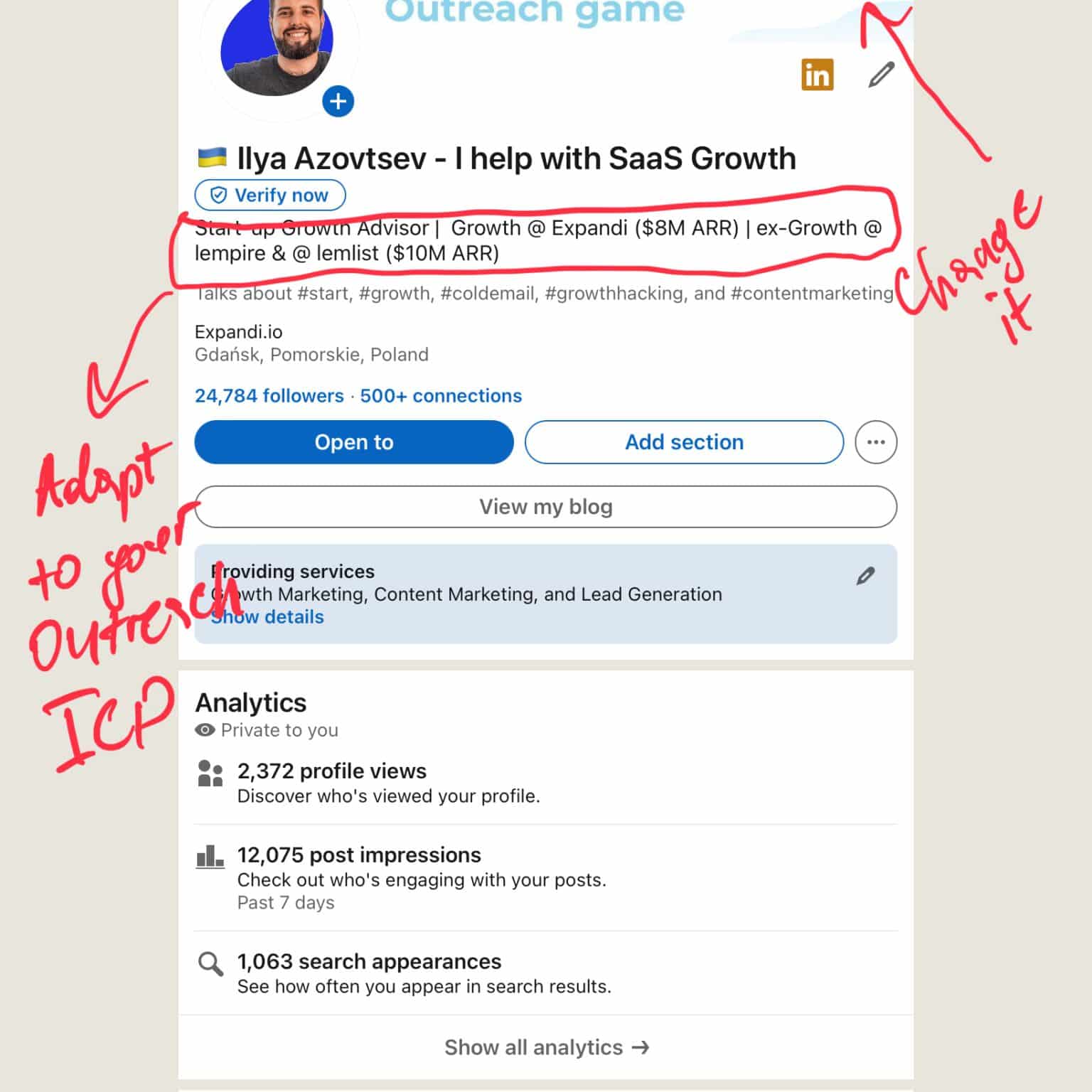
Campaign type
What we’ve found is that LinkedIn has different limit rages for different devices. For example, you can send more connection requests from your mobile device. We’ve noticed that and decided to let the users send messages from a virtual mobile device.
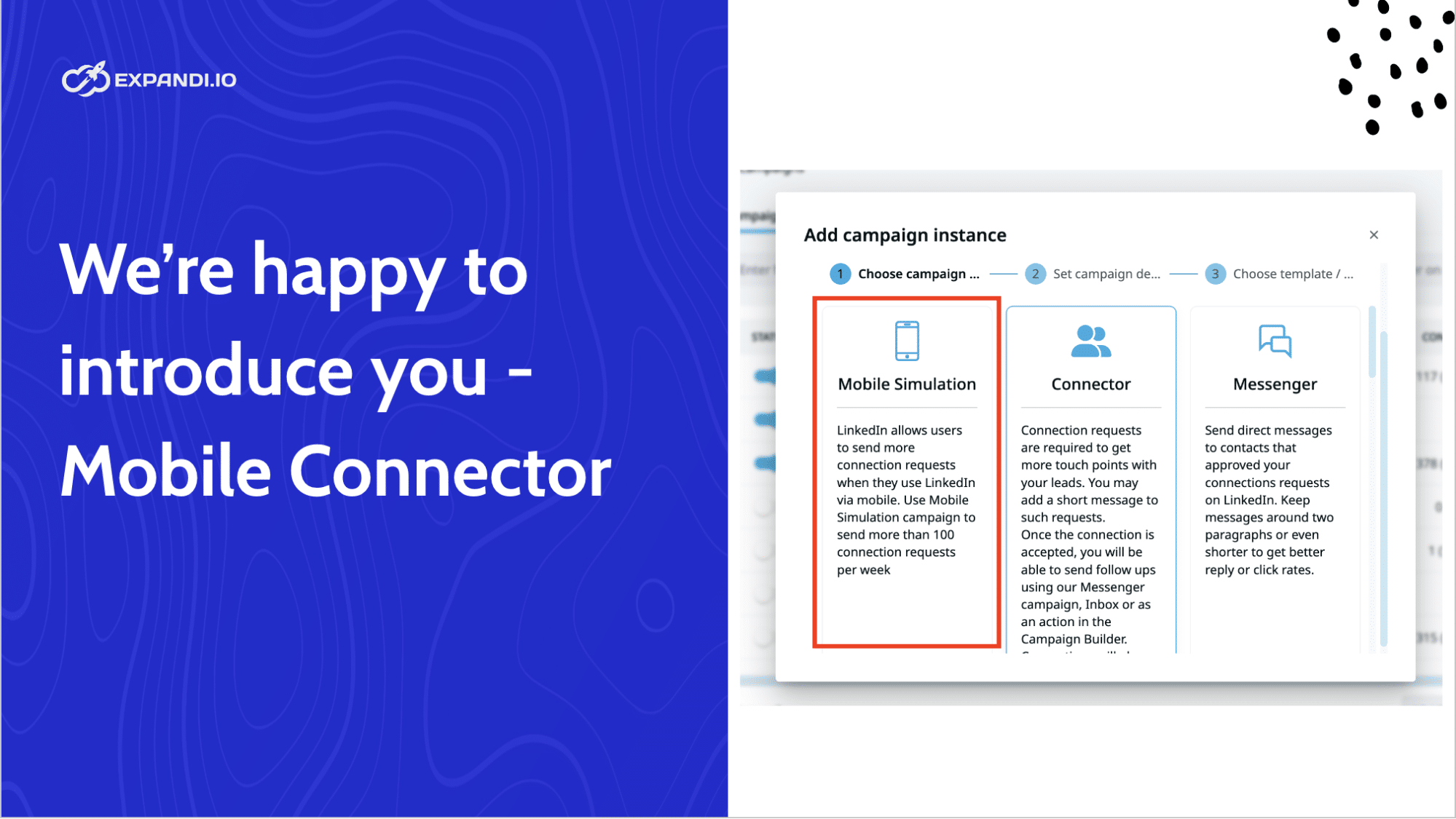
So basically it simulates actions from the mobile device, and for LinkedIn, it looks like you’re using an actual mobile device:
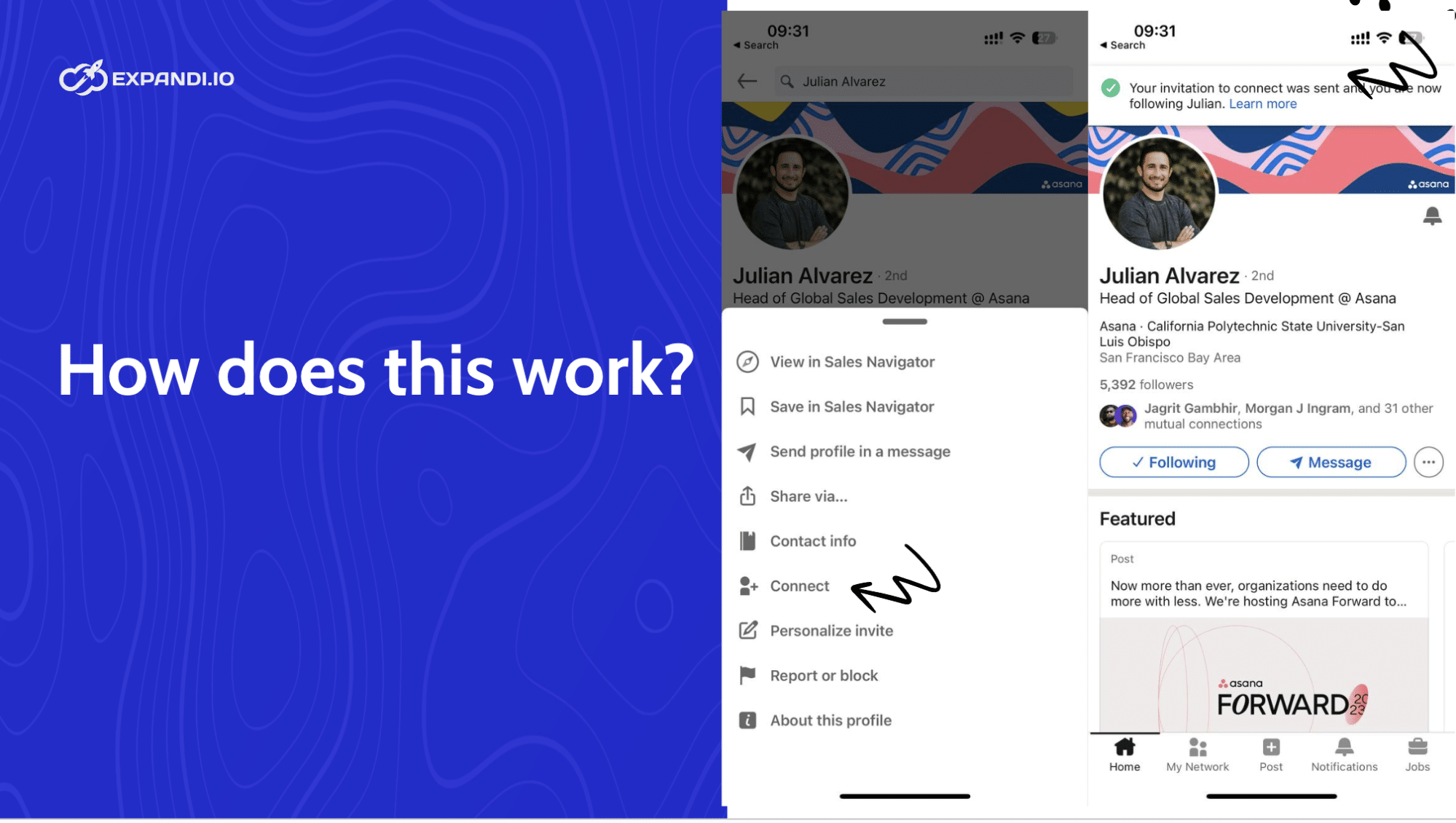
In the end, you can combine it with your usual campaigns and simply send more:

By implementing these techniques, you’ll get a high acceptance rate, and from LinkedIn’s pov your outreach strategy looks healthy.
Other tips
Some other things you have to keep in mind.
Warm up your account
It’s always better to start slower and increase your outreach volume gradually. For this purpose, we’ve made a Warm-up feature that correlates your limit and increases it day by day:
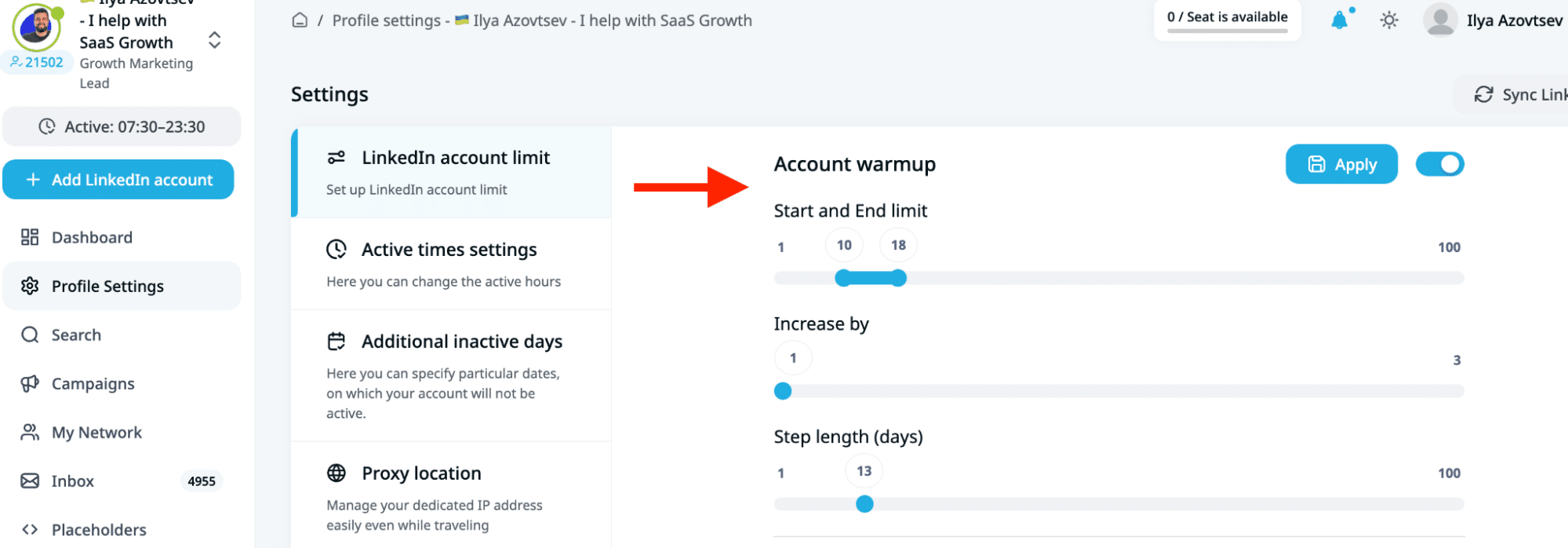
So basically, you start with only 10 connection requests, but the next day it’ll be 11, the next day 12, and so on.
It shows LinkedIn that you’re not a spammer who wants to send as many messages as possible.
ID-verification
LinkedIn is pushing people to verify their identity with real documents. Now it doesn’t affect your outreach limits, but it might in the future. So our recommendation is to do the verification.
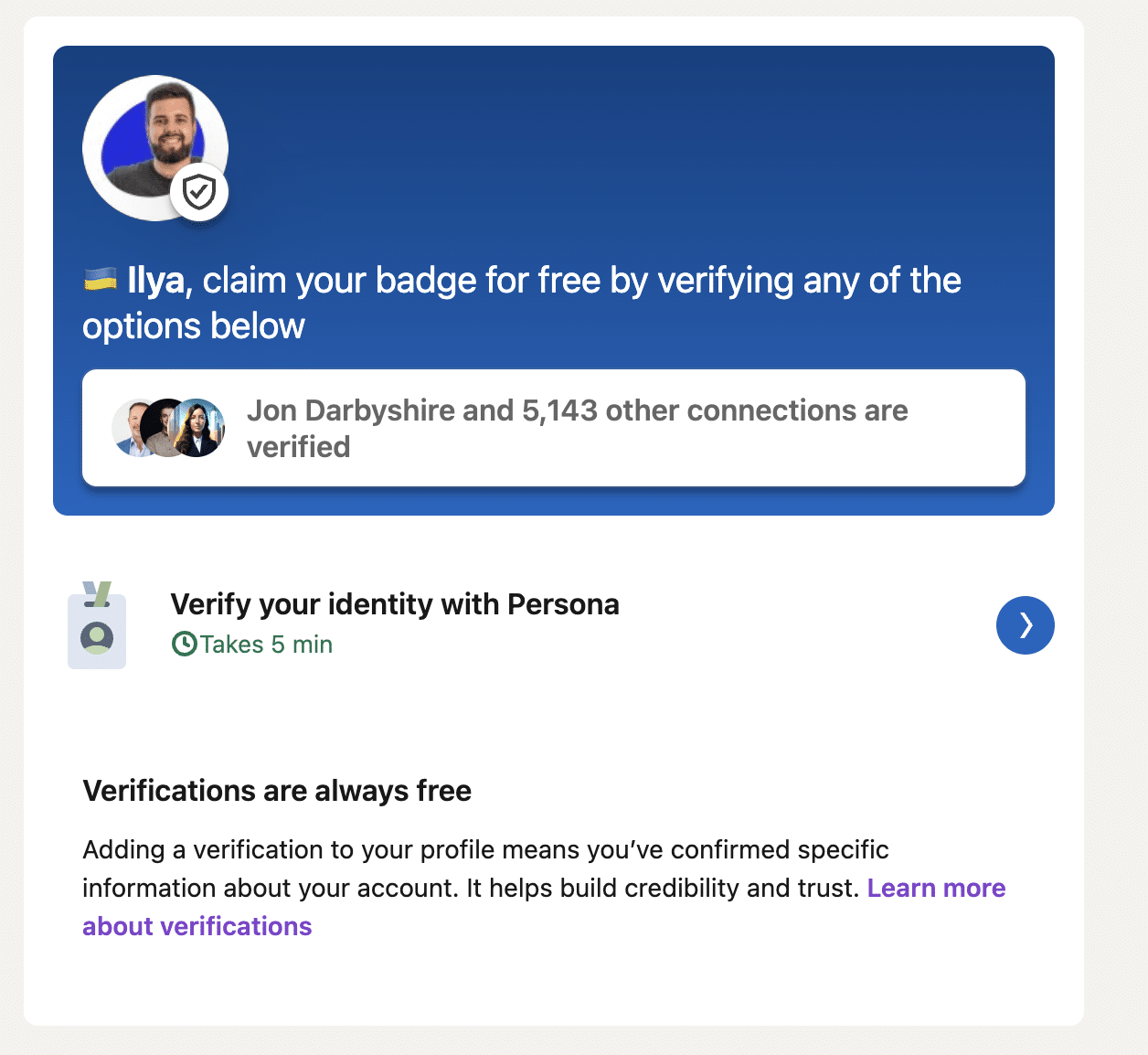
Summary
If you’re reading this, here are a few more useful things:
- Sign up for Expandi Free Trial
- Connect with me on LinkedIn
- Join our LinkedIn Outreach Family community (we share a lot of exclusive things here)
You’ve made it all the way down here, take the final step
